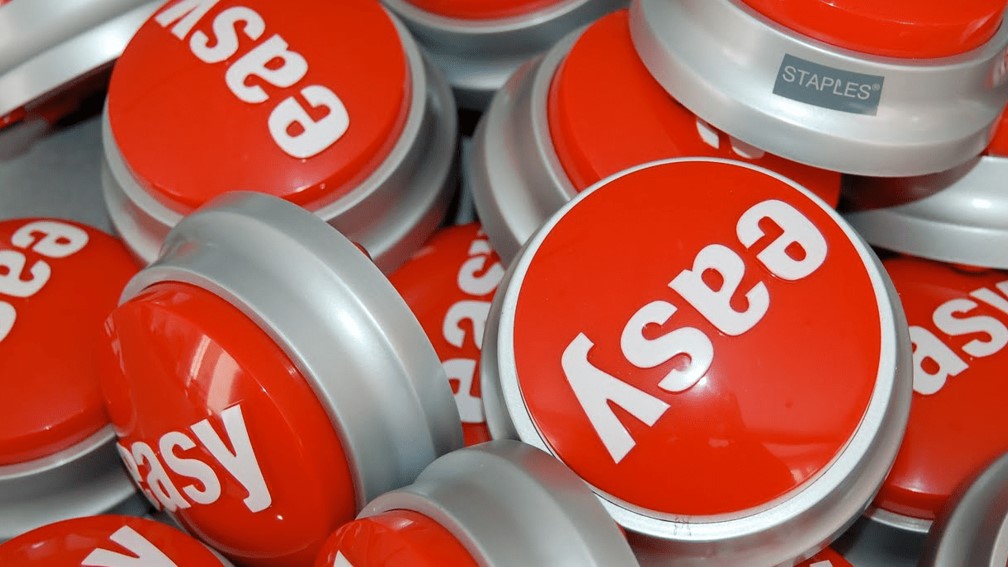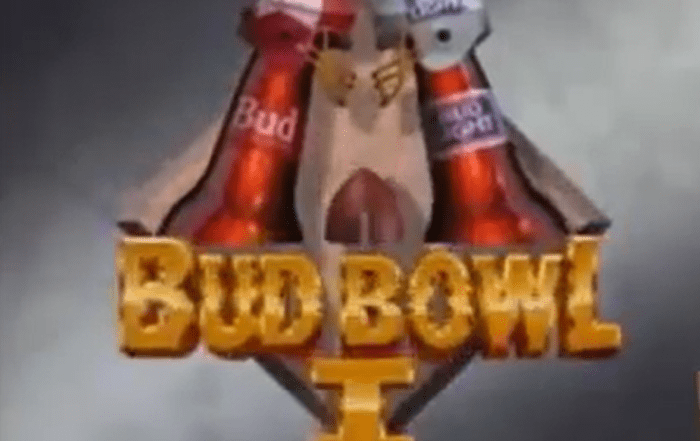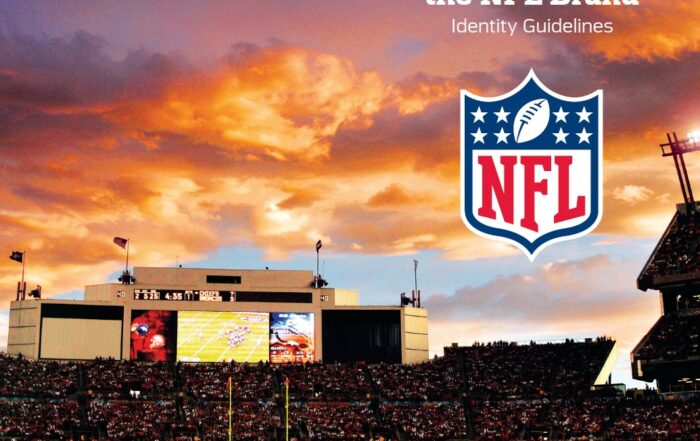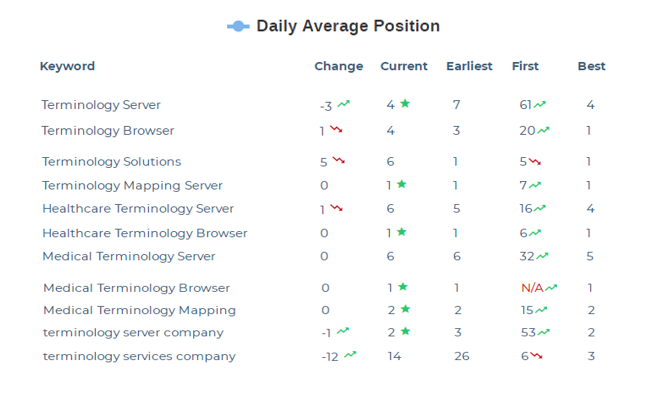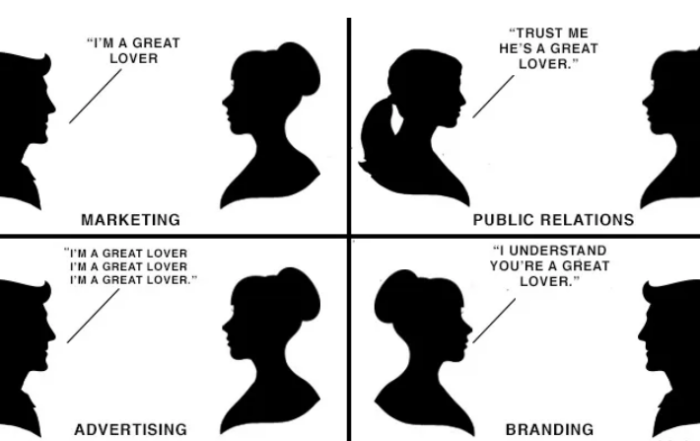The best marketing campaigns live in your head rent free for years to come. They enter public dialogue and never leave. The Staples Easy Button is the perfect example.
Did the button exist for purchase prior to the ad campaign being launched? Or, did the sale of the easy button evolve out of popular/consumer demand?
You don’t see it often but occasionally a marketing campaign becomes so ubiquitous you don’t separate the campaign from the product. Or, realize it is even a product at all.
Think how U-Haul (a brand) has become the product name for an entire industry of truck rental.
Think how when you go down to the South, “Coke” (a brand) has become a catchall for pop or soda.
Stuffy nose? Grab a Kleenex (brand).
Need to jot a quick note? Grab a Sticky Note (brand).
Staples branded a popular phrase — “That was easy” — to the point anything that is “easy” (and there ain’t much these days, Homeboy) becomes expressed through the popular catchphrase.
Originally launched for the 2005 Super Bowl as a 15-second TV ad, Staples’ advertising agency McCann Erickson created it.
The Staples Easy Button campaign depicted challenging tasks that appeared to have no easy solution, like a cowboy wrangling a bucking horse and a father changing his twin infants’ diapers; in each case, pushing an Easy Button bailed out the person in trouble.
The voice-over said, “Wouldn’t it be nice if there was an easy button for life. Now there’s one for your business. Staples. That was easy.”
In October of that same year Staples began selling actual Easy Buttons. No word on sales of actual “Easy Streets.”
Each of the original spots (there were three to start) ended with the following phrase: “The Easy Button can save you lots of money, but only at Staples. Everything you need for back to school, at great prices. Staples. That was easy.”
Interestingly the demographic target and brand strategy (something every ad campaign must have prior to launch, a coherent reason for being), of the series was mothers aged 25 to 45. Kind of a surprise target for an office supply brand.
At the same time, Staples also ran newspaper supplements in major and secondary markets, online advertising on Web sites frequented by parents and children, like Yahoo.com, MSN.com and Disney.com, which were also created internally by the marketing team at Staples.
Staples’ budget for the back-to-school campaign will exceed $25 million; she said back-to-school is one of Staples’ two most important sales seasons.
To answer our original “chicken vs. egg” scenario question in the intro of this piece, the physical buttons were created to compliment the campaign.
So not only do you have a brand strategically and intentionally crafting a campaign, but, they also had the foresight to think months ahead to capitalize on the initial campaign spend and popularity.
In connection to the new TV advertising, the company created two new, limited edition Easy Buttons, one for parents and one for children, each priced at $5.99, with statements both would like to hear. When pushed, the “Easy for Parents” button says “Because you said so,” and “Of course you’re right,” and “Your house, your rules,” while the “Easy for Kids” button says “Go ahead, stay up late,” and “You’re right, they’re wrong” and “Good news, no homework.”
The other cool thing is that each button sold the Staples Foundation for Learning donates proceeds of sales of this product, up to $1 million annually, to Boys and Girls Clubs of America.
So not only do you create a great campaign that makes the brand immediately identifiable, you create a saleable physical item that further ingrains the brand message and promise at offices and homes across the country, continuously. FOREVER.
And, you get to write off the sales as a tax deduction while also advertising public sentiment that “Staples Cares” because they are giving to charity.
Incredible from top to bottom, it is no wonder people still refer to the tagline, the campaign, and the product 20+ years later.
Why was it successful? Careful planning and foresight led to the execution. Nothing was “incidental” – except maybe the popularity.
That’s the thing about brand campaigns – there is ZERO guarantee of success.
But, if you communicate the people and sentiment that make up your brand authentically while adhering to brand standards, you have every reason to expect success.
Pretty simple, right? Or should I say, “Easy.”

